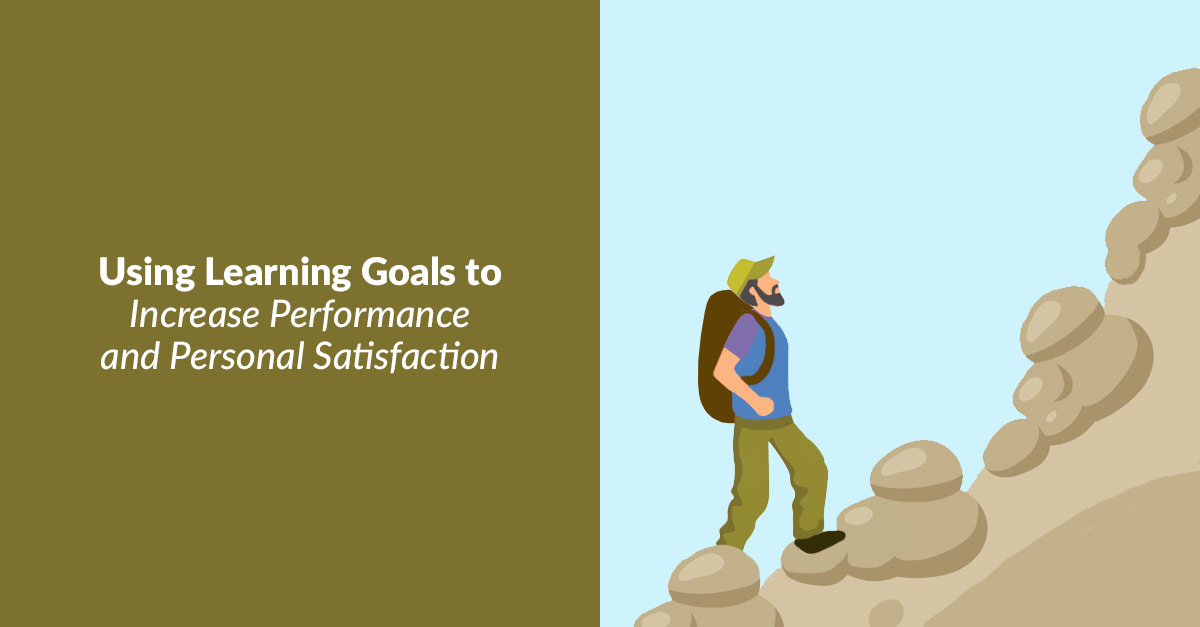
If you know me, you probably know that my passion is creating a great place to work. A place where people want to be and where they can do meaningful work, using their talents to produce great work for our clients—and feel happy and fulfilled in
the process.
For our team at Far Reach, a big part of feeling happy and fulfilled is continuing to learn and to grow, both personally and professionally.
The Big Picture
As we started discussing our company goals for 2017, a recurring theme was continuous learning. So, we set a goal around enabling and facilitating growth within our team to ensure it remained a focus for everyone throughout the year.
We’ve tried using professional development plans before, but have never had very good luck with them for all the reasons you might expect: people weren’t excited about the plans, perhaps because they were told what to work on; we’re
all busy with work and life and follow-through is tough; people had a hard time holding themselves accountable, and we had a hard time with it, too. In the end, we decided this approach just didn’t feel right for us.
So, I started looking for a better way to encourage people to grow that would make more sense for us and prove more useful to our team.
A Better Structure for Promoting Learning and Growth
Around that time, I happened to be reading Drive: The Surprising Truth About What Motivates Us by Daniel Pink. In Drive, Pink describes three factors
that lead to better performance and personal satisfaction: autonomy, mastery, and purpose. It was his chapter on mastery that led me to a potential solution.
Pink describes mastery as “the urge to get better at stuff.” He posits that mastery is subject to three “laws,” the first of which is that mastery is a mindset. In making his point, he references the research of psychologist Carol
Dweck, and it was through her work that I discovered what I see as a better way to support our team in their quest for self-improvement. The best part is that what I discovered also aligns really well with our culture.
Fixed vs. Growth Mindsets
Through her extensive research, Dweck, a professor at Stanford, identified two distinct views held by people about their intelligence. The first is what she refers to as “entity theory” or a “fixed mindset” in which an individual
believes that intelligence is fixed—you have what you have and can’t increase it (and if you don’t have it, you’re dumb).
The second, “incremental theory” or a “growth mindset,” is characterized by a belief that, though we may all be endowed with slightly different levels of intelligence, it’s like a muscle—it can be developed and increased
over time with effort.
According to Pink, only one of these mindsets leads to mastery. You guessed it—the growth mindset.
He uses goals as an example of how the two mindsets take different paths. Using Dweck’s research, he shows that performance goals (e.g., getting an A on a French test) are somewhat effective in boosting achievement for straightforward tasks, but
they don’t transfer well to new and different situations and people tend to lose patience with them sooner. Performance goals are about proving one’s intelligence, and you can either prove it (Yay, you’re smart!) or you can’t
(Boo, you’re dumb!). Having to exert more effort to meet a goal just means you aren’t very good. And if you don’t feel you’re good enough—and more effort won’t change that—what’s the motivation to keep
working on the goal?
Learning goals (e.g., being able to speak French), on the other hand, prove more adaptive and promote more trial and error, creativity, and persistence. After all, learning goals are not about proving you’re smart. They’re about learning and increasing competence and,
as it happens, learning is a process with small, incremental wins along the way, motivating people to stay engaged with learning goals longer.
Reading this triggered a light bulb in my head. The idea of using learning goals to promote personal and professional growth seemed much more sensible to me, so I brought the idea to the team.
How it Works
Anyone on the team can, if they choose, set out a learning—not a performance—plan for themselves. Though I’d love it if everyone did it (Core Value #6 is Learn and Grow,
after all), I am not going to dictate that it must be done and I’m not going to tell people what should be in their plans. It’s my feeling that people will be much more excited about and engaged with the process if it’s their idea
and is under their complete control (remember, autonomy is the first pillar of motivation, according to Pink). They can focus on anything they want in their plans whether it’s something related to their jobs or something personal.
The only thing I request is that their plans utilize learning—not performance—goals.
Accountability for following the plan rests solely with the individual. To keep them on track, we suggest engaging an accountability buddy, someone to whom they can report their progress on a regular basis. I’m also hoping people will share their
progress with the whole team as they go, using our bi-weekly Huddles, developer meetings, or other means as venues for sharing.
I’m encouraged by the number of team members who have shown excitement about using learning plans and who have already started thinking through and laying them out for themselves. I’m hopeful that as we share our plans and our progress, more
of the team will decide to give it a try as well.
In a future post, we’ll share the team’s perspectives on learning plans along with examples of how they’re being used and the results we’re seeing, so stay tuned!
Until then, we’d love it if you would reach out and let us know how you’ve utilized learning goals to improve your performance and your personal
satisfaction.